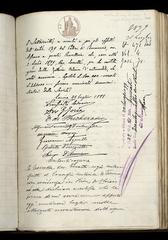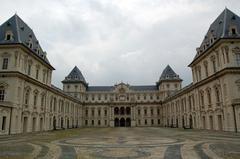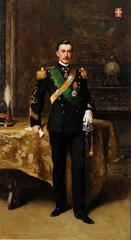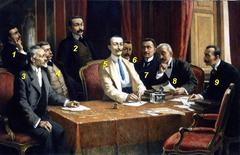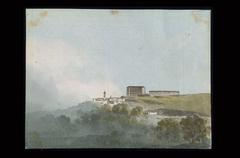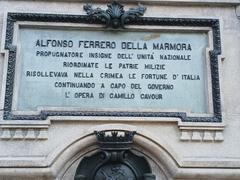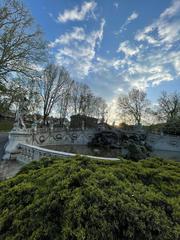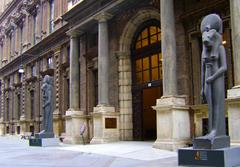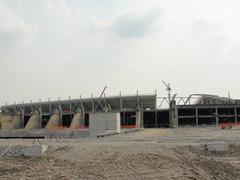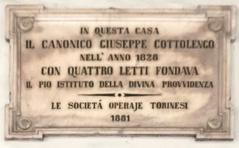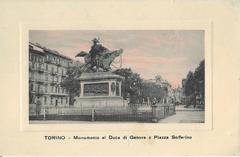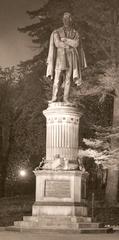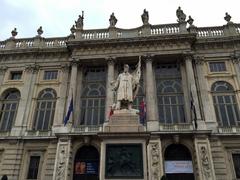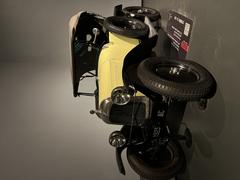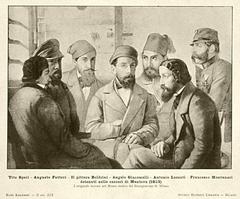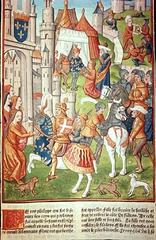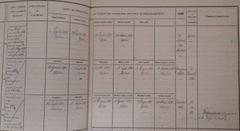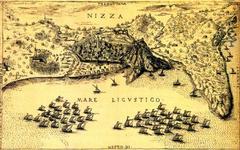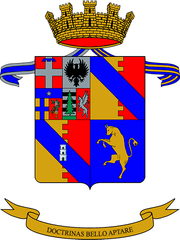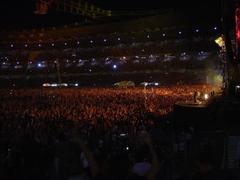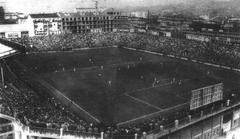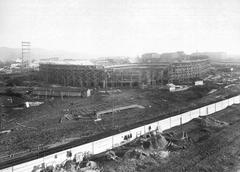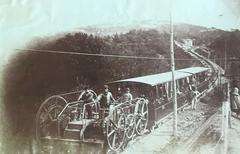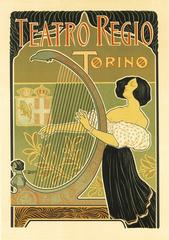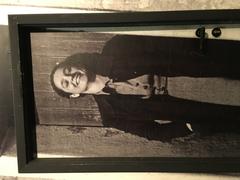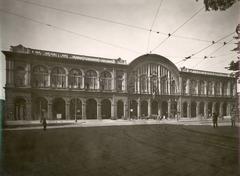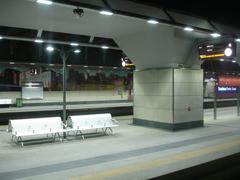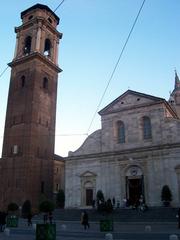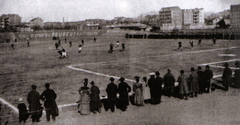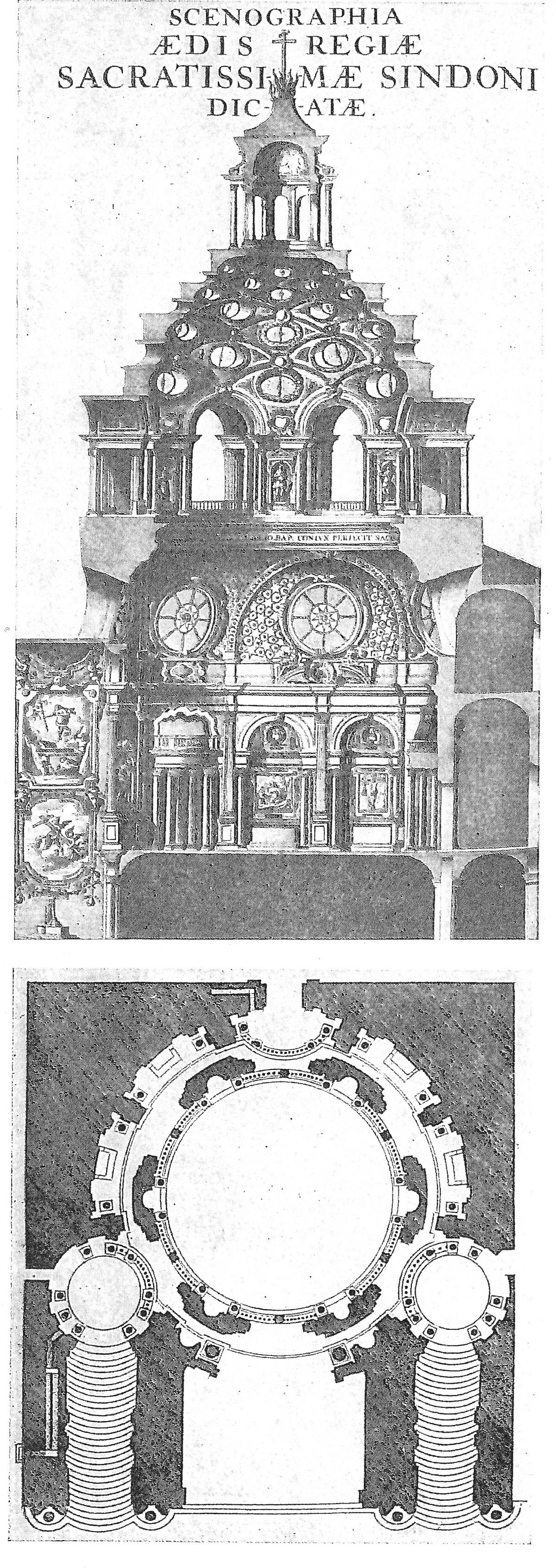
Sindone Chapel Visiting Hours, Tickets, and Historical Significance in Turin, Italy
Date: 03/07/2025
Introduction to the Sindone Chapel and Its Importance
Nestled in Turin’s historic center, the Sindone Chapel, or Chapel of the Holy Shroud (Cappella della Sacra Sindone), stands as a monumental testament to religious devotion, architectural innovation, and European heritage. Built in the late 17th century to enshrine the Shroud of Turin—an artifact believed by many to be Jesus Christ’s burial cloth—the chapel has long been a destination for pilgrims, historians, and art lovers alike (Musei Reali, Visitare Torino).
Commissioned by the House of Savoy, who acquired the Shroud in the 15th century, the chapel was designed by Guarino Guarini, one of the Baroque era’s most visionary architects. Guarini’s design is celebrated for its complex dome, innovative use of light, and profound symbolism, creating a transcendent space that bridges art, faith, and science (Duomo di Torino, en.italtour.org).
After surviving fires and a lengthy restoration following the 1997 blaze, the chapel reopened in 2018, reclaiming its place as a centerpiece of Turin’s cultural landscape (wikipedia, Turismo Torino). Today, it forms part of the Royal Museums complex and is closely linked to the neighboring Turin Cathedral and Royal Palace. Visitors are invited to explore its Baroque architecture, delve into the Shroud’s enigmatic history, and engage with special events, particularly during the Jubilee Year 2025 (Sindone Official, diocesi.torino.it).
This guide provides detailed information on visiting hours, ticketing, accessibility, historical context, guided tours, and nearby attractions—helping you plan a meaningful visit to this unique Italian landmark.
Table of Contents
- Introduction
- Origins and Early History of the Shroud
- Construction of the Sindone Chapel: Architectural Vision
- Visiting the Sindone Chapel: Hours, Tickets, and Accessibility
- Special Events and Guided Tours
- Nearby Attractions and Travel Tips
- Historical Significance and Restoration
- FAQ
- Visiting the Shroud of Turin: Hours, Tickets, and Cultural Insights
- Architectural Highlights of the Sindone Chapel
- Practical Visitor Information
- Conclusion
- Summary and Tips
- Sources
Origins and Early History of the Shroud
The Shroud of Turin first appeared in historical records in 1354, held by French knight Geoffroi de Charnay. Its authenticity was debated from the beginning, with skepticism documented by the Bishop of Troyes, but veneration was permitted by Pope Clement VII as an object of devotion (Sacred Destinations). In 1453, the Shroud passed to the House of Savoy in Chambéry, France, and after surviving a fire in 1532, it was transferred to Turin in 1578, where it became integral to the city’s identity (Musei Reali).
Construction of the Sindone Chapel: Architectural Vision
With the Shroud’s arrival in Turin, a new chapel was conceived to honor and safeguard it. After initial construction attempts stalled, Guarino Guarini took over in 1667, integrating advanced mathematics and Baroque aesthetics to create a dome comprised of interlocking arches and innovative lighting effects (Duomo di Torino). The altar, designed by Antonio Bertola, was completed in 1694 (Turismo Torino). The result is a structure that is both an engineering marvel and a spiritual sanctuary.
Visiting the Sindone Chapel: Hours, Tickets, and Accessibility
- Visiting Hours: Open Tuesday–Sunday, 9:00 AM–6:30 PM (last admission 6:00 PM). Closed Mondays and select holidays.
- Tickets: Included with the Musei Reali di Torino ticket. Adults: €15; EU citizens 18–25: €9; under 18: free. Tickets available online or at the entrance.
- Accessibility: Wheelchair-accessible with ramps and elevators; assistance available upon request.
- Booking: Advance online booking is recommended, especially during peak seasons or special events.
Special Events and Guided Tours
Public expositions of the Shroud, called “ostensioni,” are rare and significant. The next is scheduled for 2025 during the Jubilee Year, accompanied by innovative digital exhibits such as the “Tenda della Sindone” in Piazza Castello (Sindone Official). Guided tours of the chapel and the Royal Museums are available in multiple languages, providing deep insight into the site’s history and art.
Nearby Attractions and Travel Tips
While visiting the Sindone Chapel, you can explore the Royal Palace, Royal Armoury, Savoy Gallery, and the Royal Gardens—all part of the Musei Reali complex. The surrounding Piazza Castello and Turin Cathedral offer additional cultural experiences. For photography, the dome is especially picturesque in the morning light.
Historical Significance and Restoration
The Shroud’s authenticity remains debated, with radiocarbon dating suggesting a medieval origin, though questions remain about the test’s validity (Sacred Destinations). In 1983, the House of Savoy donated the Shroud to the Holy See. The 1997 fire severely damaged the chapel, but the Shroud was saved and years of restoration led to its reopening in 2018 (Musei Reali, Turismo Torino).
FAQ: Common Visitor Questions
-
When can I visit the Sindone Chapel?
Tuesday–Sunday, 9:00 AM–6:30 PM. Closed Mondays. -
How do I purchase tickets?
Online via Musei Reali di Torino or on-site. -
Is the chapel wheelchair accessible?
Yes; ramps and elevators are available. -
Is photography allowed?
Permitted in most areas; restrictions apply in the chapel. -
When is the next public display of the Shroud?
Scheduled for 2025.
Visiting the Shroud of Turin: Hours, Tickets, and Cultural Insights
The Shroud as a Pillar of Christian Devotion
The Shroud bears the faint image of a man and is a profound symbol of the Passion, death, and resurrection of Jesus Christ (Visitare Torino). The Catholic Church permits its veneration while encouraging ongoing study and dialogue.
Pilgrimage and Public Expositions
The Shroud is not on permanent display, but public exhibitions (“ostensioni”) are held during special years, drawing global attention (Visitare Torino). The last was in 2015; the next is planned for 2025.
Practical Information
- Shroud Museum: Open daily 3:00–6:00 PM. Admission: €8 (full), €6 (reduced), free with Citypass Torino + Piemonte Card.
- Tickets: On-site or online (official website).
- Accessibility: Fully accessible.
- Location: Central Turin, near major transport links.
Interfaith and Cultural Dialogue
The Shroud has inspired debate and research across fields, contributing to Turin’s reputation as a center for religious and cultural exchange (Visitare Torino).
Scientific Inquiry and Controversy
Radiocarbon dating suggests a medieval date, but the debate continues about the sample’s reliability. The Shroud Museum explores these scientific investigations in detail (Visitare Torino).
The Shroud in Culture
The Shroud is a source of artistic, literary, and musical inspiration, with its image appearing in Western art and popular culture.
Architectural Highlights of the Sindone Chapel
Location and Spatial Context
The chapel is ingeniously set between the Turin Cathedral and the Royal Palace, symbolizing its dual sacred and dynastic function (en.italtour.org).
Guarino Guarini’s Vision
Guarini’s dome features six levels of interlocking arches, creating a spiraling “tunnel to heaven” and employing advanced engineering to maximize light (wikipedia, lionsinthepiazza.com).
Symbolism and Decoration
Baroque motifs—olive branches, passion flowers, crosses—adorn the pilasters and dome. Statues of Savoy nobility and angels enhance the sacred atmosphere (wikipedia).
Materials and Color
A monochrome palette of black and grey marble, punctuated by gold and light, focuses attention on the architecture and relic (lionsinthepiazza.com).
Restoration
The 1997 fire led to one of Europe’s most complex restorations, completed in 2018 (wikipedia). The altar’s partial restoration was finished in 2021.
Practical Visitor Information
- Hours: 9:00 AM–6:00 PM daily; check for holiday changes.
- Tickets: Online or at the Royal Palace; discounts available.
- Accessibility: Elevators and ramps are provided.
- Guided Tours: Offered regularly; check for special events (Turismo Torino).
- Nearby Sites: Royal Palace, San Lorenzo Church, city center.
Conclusion
A visit to the Sindone Chapel is a journey through faith, art, and history. Whether you are drawn by the mysteries of the Shroud, the grandeur of Baroque architecture, or Turin’s rich cultural tapestry, the chapel offers a profound and memorable experience. For up-to-date information on visiting hours, tickets, and events, consult the official sites and consider enhancing your visit with the Audiala app.
Summary and Tips
- Sindone Chapel is open Tuesday–Sunday, 9:00 AM–6:30 PM.
- Entry is included with Musei Reali di Torino tickets.
- The Shroud itself is only displayed during rare public ostensions.
- The chapel and museum are fully accessible.
- Plan ahead, book tickets online, and explore nearby attractions for a comprehensive Turin experience.
- Check official sites for the latest updates, especially for Jubilee 2025 events.
Sources and Official Links
- Sindone Chapel in Turin: Visiting Hours, Tickets, and Historical Overview, 2025, Musei Reali (Musei Reali)
- Visiting the Shroud of Turin: Hours, Tickets, and Cultural Insights, 2025, Visitare Torino (Visitare Torino)
- Architectural Highlights of the Sindone Chapel, 2025, en.italtour.org (en.italtour.org)
- Sindone Chapel Visiting Hours, Tickets, and Guide to Turin’s Historic Landmark, 2025, diocesi.torino.it (diocesi.torino.it)
- The Chapel of the Holy Shroud, 2025, Wikipedia (Wikipedia)
- Turismo Torino, 2025, Cappella della Sindone (Turismo Torino)
- Sindone Official, 2025, Jubilee Year Initiatives (Sindone Official)
- Banbanjara.com, 2025, Cappella della Sacra Sindone (banbanjara.com)
- Inturintoday.com, 2025, Museo della Sindone (inturintoday.com)
- Duomo di Torino, 2025, The Chapel of the Holy Shroud (Duomo di Torino)
- Lionsinthepiazza.com, 2025, Guarini’s Chapel (lionsinthepiazza.com)



